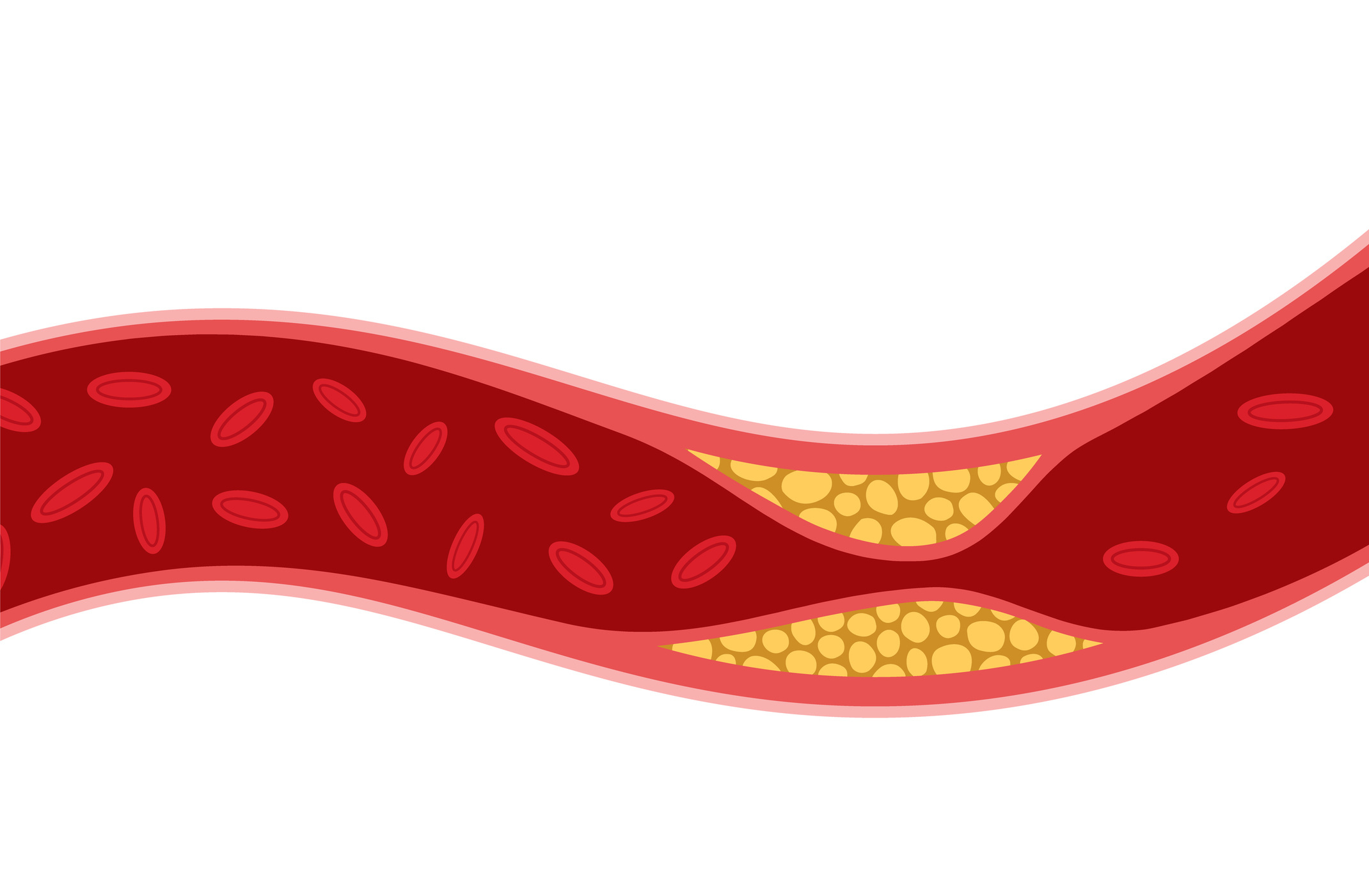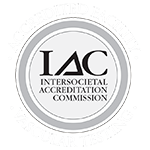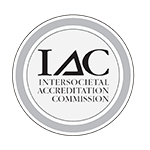
When discussing vascular health, the terms "Peripheral Artery Disease" (PAD) and "Peripheral Vascular Disease" (PVD) are often used interchangeably, but they refer to different conditions affecting your circulatory system.
Understanding the distinction between these two is crucial for accurate diagnosis and effective treatment. At The Cardiovascular Care Group, we are committed to helping you understand your vascular health and providing expert care for both PAD and PVD.
What Is Peripheral Artery Disease (PAD)?
Peripheral Artery Disease is a common circulatory problem where narrowed or blocked arteries reduce blood flow to your limbs. It primarily affects the arteries in your legs, leading to reduced oxygen and nutrient supply. PAD is typically caused by atherosclerosis, a condition where fatty deposits build up in the arterial walls, restricting blood flow.
Symptoms of PAD:
- Leg pain or cramping during walking or exercise (claudication) which generally subsides during rest
- Numbness or weakness in the legs
- Coldness in your lower leg or foot
- Sores on your legs, feet, or toes that won't heal
- Hair loss or slower hair growth on your legs
What Is Peripheral Vascular Disease (PVD)?
Peripheral Vascular Disease is a broader term that includes any disorder affecting blood vessels outside the heart and brain. While PAD refers specifically to arterial problems, PVD encompasses both arteries and veins, meaning it can also involve venous conditions. PVD may result from various causes, such as inflammation, infection, or blood clots.
Symptoms of PVD:
- Swelling in the legs or feet
- Heaviness or achiness in the legs
- Skin discoloration or thickening
- Varicose veins
- Open sores or ulcers
Key Differences Between PAD and PVD
While both PAD and PVD affect circulation, there are key differences:
- Vessels Involved:
- PAD: Focuses on arteries.
- PVD: Includes both arteries and veins.
- Causes:
- PAD: Primarily caused by atherosclerosis (plaque buildup).
- PVD: Can be caused by a wider range of factors, including blood clots, vein damage, or inflammation.
- Symptoms:
- PAD: Symptoms are often exercise-induced, with leg pain relieved by rest.
- PVD: Symptoms are more related to venous issues like swelling, heaviness, and varicose veins.
Diagnosis and Treatment
Early diagnosis is essential for both conditions to prevent serious complications. At The Cardiovascular Care Group, we offer advanced diagnostic tests such as Ankle-Brachial Index (ABI), Pulse Volume Recordings (PVR), ultrasound, and angiograms to identify issues in the arteries and veins.
Treatment for PAD:
- Lifestyle changes (exercise, smoking cessation)
- Medications to improve circulation
- Minimally invasive procedures like angioplasty, stenting or atherectomy
- Surgery for severe cases (bypass surgery)
Treatment for PVD:
- Compression stockings for venous insufficiency
- Medications to prevent blood clots or reduce inflammation
- Procedures like sclerotherapy or ablation for varicose veins
- Surgery for severe vein or artery damage
When to Seek Help
Both PAD and PVD can lead to serious complications if untreated, including ulcers, infections, and in severe cases, amputation. If you experience any symptoms of poor circulation—whether arterial or venous—contact The Cardiovascular Care Group for an evaluation. Our team of vascular specialists is dedicated to diagnosing and treating all forms of peripheral vascular diseases to help you maintain healthy blood flow and an active lifestyle.
Take control of your vascular health today by scheduling a free vascular screening at The Cardiovascular Care Group!








